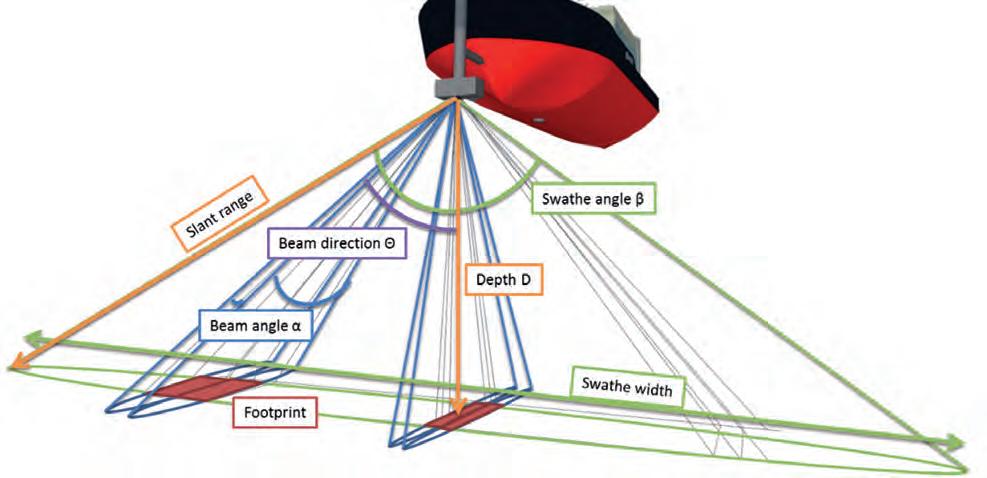sponsored article
Complete Lidar Surveying Solution for Aerial and Marine Topographic Surveys!
The HYPACK LiDAR Payload Versatile, Portable, Affordable The HYPACK LiDAR Payload is an end-to-end solution suited for use on boats, drones or terrestrial vehicles. Land or water, this solution is designed to meet your topo Lidar surveying needs quickly and easily. The surveying and mapping sector perpetually pushes for innovation. In today’s professional climate, resources are thin. Companies or agencies must accomplish surveys with minimal staff while maintaining safe public health practices. Tools that increase workplace efficiency and reduce operating costs are more vital than ever. HYPACK has risen to the occasion with the HYPACK LiDAR Payload. The payload is a stand-alone, cost-effective Lidar surveying solution that features a VLP 16 Puck Lite Lidar sensor, an SBG Ellipse 2D INS/GNSS, HYPACK Max/ HYSWEEP, and a Pico 500 mini PC. The sensors are enclosed within an IP67 rated unit suited to withstand inclement weather for marine surveying or field work in rugged environments. The unit is
self-powered through a battery insert and boasts a three-hour run time. The power autonomy of the payload is an advantage for UAV users because it provides increased run time and mission efficiency. The payload is delivered in a ruggedized Pelican case for ease of transport. Inside the case, there is a charging system for the unit, standardized documentation, and two mounting systems. The first mounting system features UAV mounting clamps that attach to the DJI Matrice line. The mounting clips are drone agnostic, meaning they are designed to attach to industry-standard attachment rods so that they can pair with the UAV of your choice. The second mounting system is a U-shaped bracket that attaches to the outer
Figure 1: The HYPACK LiDAR Payload with extended antenna arms.
enclosure of the unit. The bottom portion of the U-shaped bracket is flat and can easily attach to a moving vehicle. Good Lidar data depends on accurate and reliable GNSS data. The HYPACK LiDAR Payload addresses this in a few different ways. First, the system’s antennas extend to a set distance of one metre, effectively reducing the need for repeat heading calibrations. The antenna arms are held in place by specialized links that prevent movement while the unit is in motion. For easy transport in a Pelican case, the arms then retract into place and rest against the unit enclosure. The payload can support RTK corrections and collection of GNSS data to produce a PPK solution. To broadcast RTK data into the unit, you can leverage the USB port on the back of the payload to establish a Wi-Fi connection. One simple way in which HYPACK has created a Wi-Fi connection with the unit is by ‘tethering’ a mobile phone to the payload. First, HYPACK uses the Ethernet port to create a remote desktop connection with our testing laptop to initialize the appropriate software programmes. Then, a mobile phone is plugged into the available USB port to allow the connection on the phone. Once a Wi-Fi connection is established, an NTRIP subscription and broadcasting software are required. Many state and local governments operate are required free RTK/NTRIP networks. HYPACK uses NTRIP software called Lefebure. When Lefebure has established a connection to the server, it broadcasts RTK data to HYPACK SURVEY
16 | s e p t e m be r /o c t o b e r 2 0 2 0 | Hydro int e r nat io na l
16-17_sponshypack.indd 16
08-10-20 12:28






